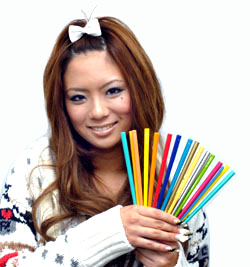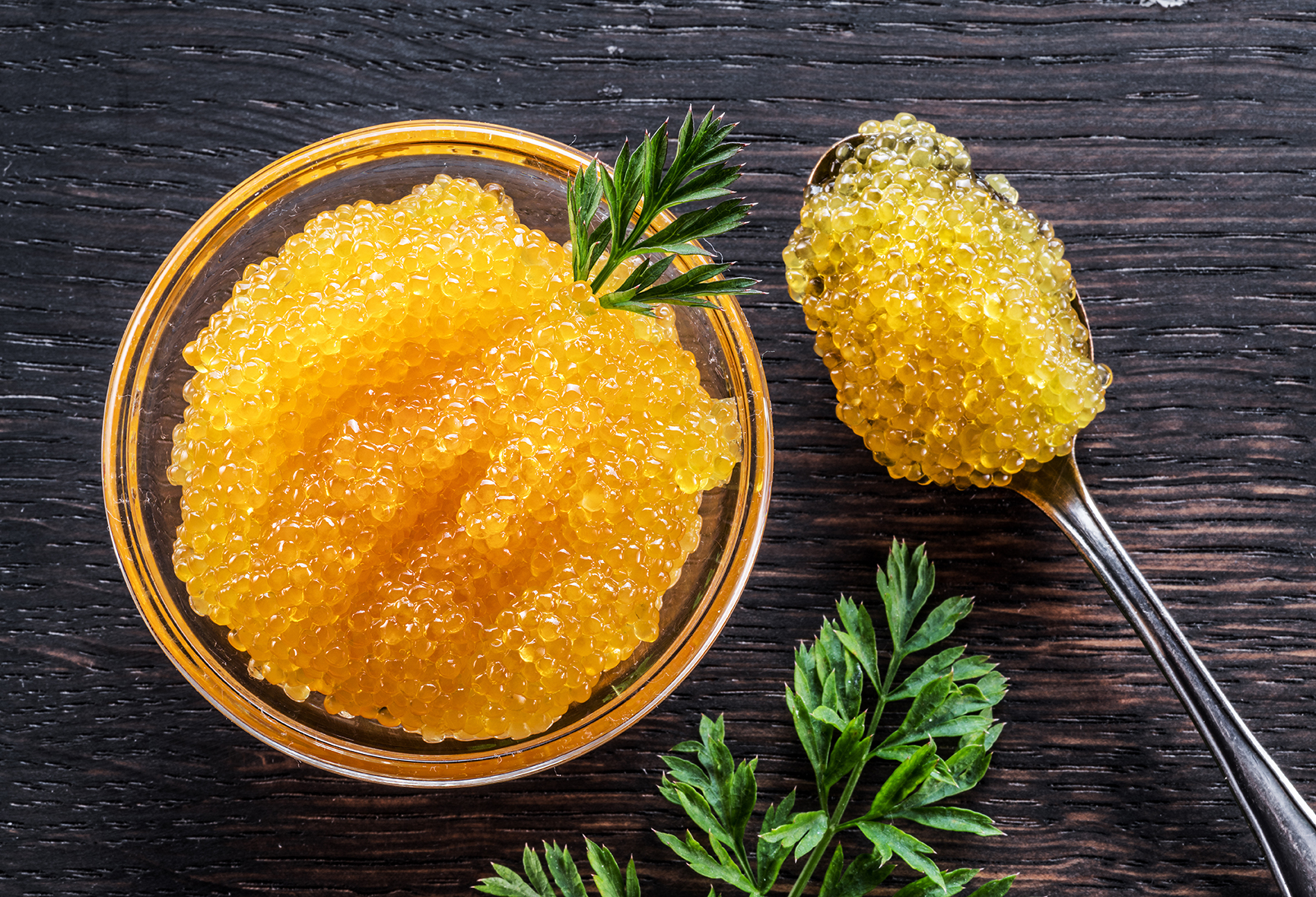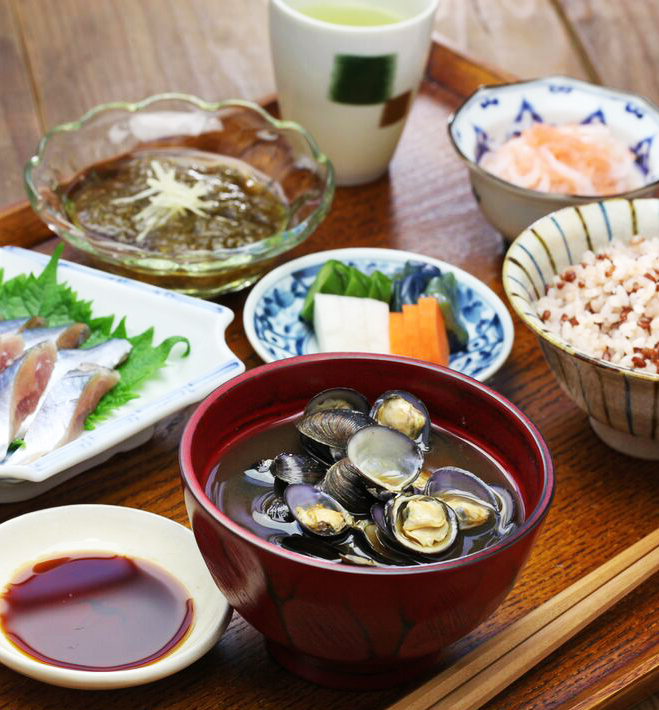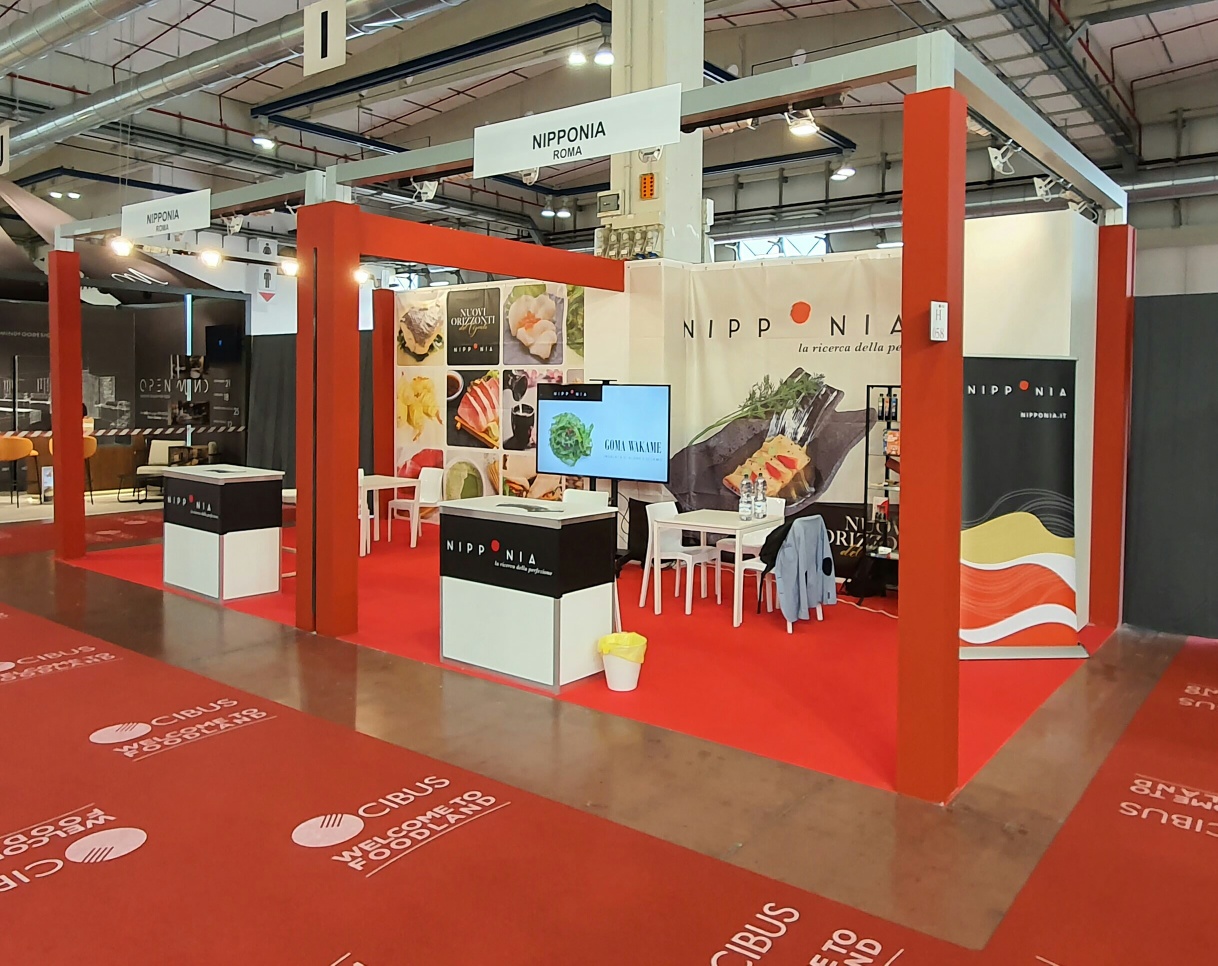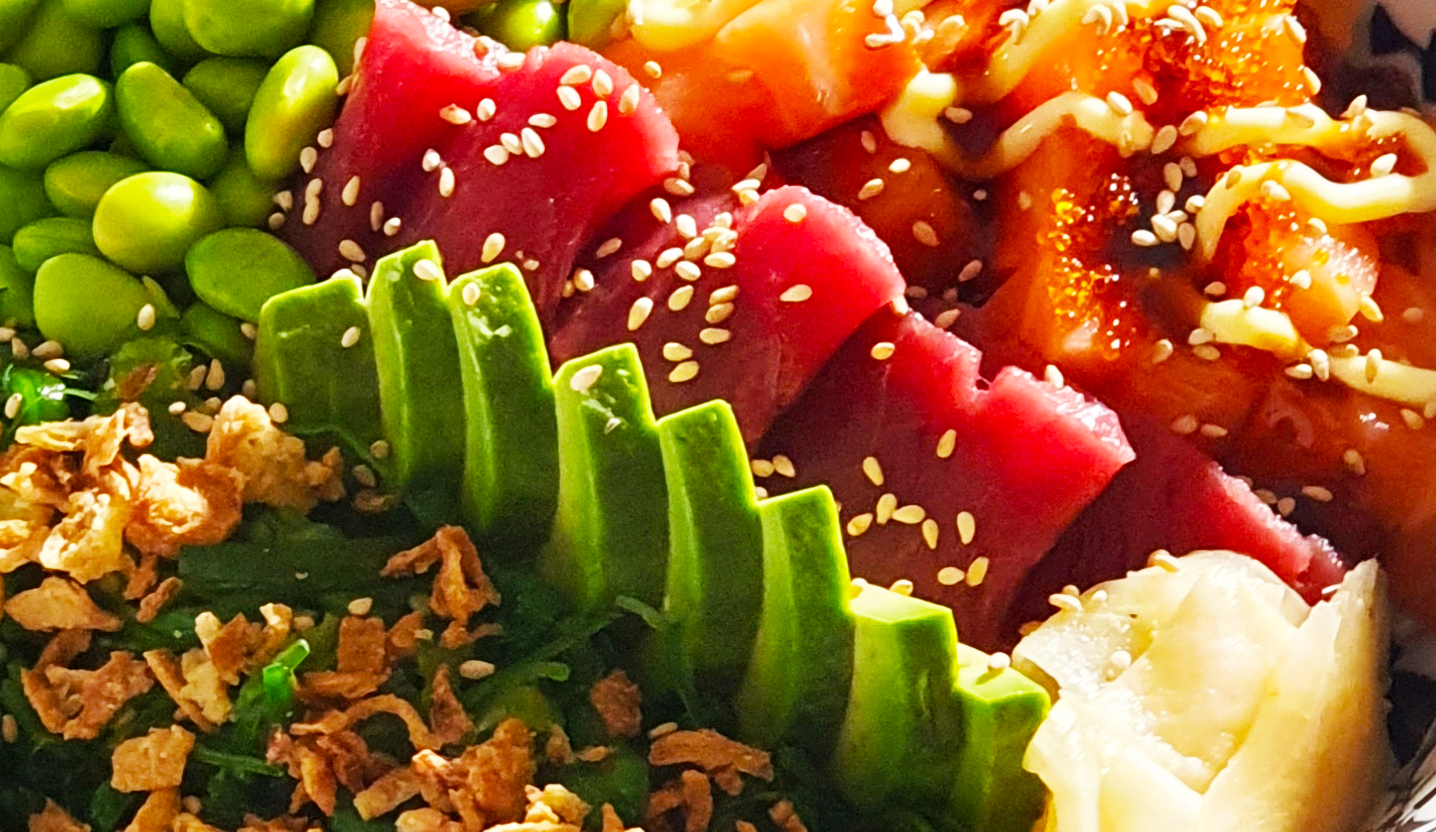Every day throughout Japan, millions of people share a pair of
waribashi
(disposable chopsticks) that are purchased with their packed lunches at grocery stores or are provided by the business at which they have decided to dine.
The Japanese Government Forestry Agency estimates that 25 billion pairs of waribashi are used in Japan each year-which translates to about 200 pairs per capita. This is equivalent to the amount of lumber needed to build 17,000 houses of 120 square meters. Or, if you take a typical waribashi 20 cm in length, the 50 billion of those (those 25 billion pairs) span a distance of 10 million kilometers-enough to circle the Earth’s equator 250 times!
Recently, awareness of the environmental cost of Waribashi has given rise to a movement that is steadily growing in popularity.The movement is known in Japlish (the slang that mixes Japanese and English) as MyHashi, involves the use of personal hashi instead of those provided as part of the service and then discarded. Of course, as long as they are washed properly, My-Hashi are as reusable as a knife and fork.
As this green trend approaches Europe, one of the most well-known My-hashi users in Japan is 23-year-old Shiho Fujita. This charismatic young woman became famous in Japan when, at the age of 19, she established her own company, SGR Inc. which markets cosmetics, perfumes, shoes, and clothing for girls.
But at that time Fujita was not much more than an environmental activist.
“I started to become more eco (environmentally friendly) when I noticed the garbage left on the streets in the Shibuya area of Tokyo,” Fujita said.
So she and a friend decided to collect garbage in the various parks around Shibuya-places such as Sakuragaoka, Miyashita, and Midake-on Monday mornings before starting work at their nearby office.
“I thought it was nice to see the parks cleaner, and besides, it was a lot of fun,” he said.
Not long after that she was introduced to the My-hashi concept and has been using them ever since. At first he did not realize that by simply choosing which types of chopsticks to use, he could become more eco-friendly.
But then, on August 13, 2007, Fujita brought 110 other young girls and models to the streets of Shibuya, each of them brandishing their own
My-Hashi
, in a demonstration part of an event called La Eco Fashion Parade.
“It was a great success, and many of the young women who saw it said they would start using the My-Hashi,” Fujita said. To find out how many waribashi were used and then thrown away in a typical day at a restaurant, I went around hyper every corner of the mighty JT (Japan Tobacco) building to ask for cooperation.
Shokudo Shogetsu is an inexpensive 20-seat restaurant that has been in the market for about 50 years, and its simple and accurate Japanese fare ensures that it is a favorite spot frequented by neighborhood office workers and passing truckers.
The manager graciously agreed to put the waribashi used by customers on a typical business day into a garbage bag I provided. When I went to pick up the bag the next day, it was filled with about 120 pairs of used chopsticks, and many food scraps.
Simply by multiplying those 120 pairs of
waribashi
of 20 cm in length, by the number of days per month that the restaurant is open, tells you that this small structure alone produces a waste of about 2,400 pairs each month. Perhaps this is not much in terms of large numbers, but multiply 2,400 pairs of waribashi by tens of thousands of restaurants in the entirety of Japan each month and the mind boggles at the monstrous result you get of this processed scrap lumber.
My suggestion to the restaurant manager-see it as a peace sign-was that he should stop using waribashi and, instead, switch to cheap lacquered chopsticks that can be washed and reused many times. But he cut off my suggestion in one fell swoop. “Many years ago, we provided reusable chopsticks, but if I had not changed my policy, my customers would not come today,” he said. “Most of them were concerned that the reusable Hashi were not properly sanitized.”
Thus, the restaurant opted to use disposable waribashi, which cost 100 euros for a box of 3,000 pairs, made from shirakanba wood (Japanese white birch ). An employee working in a nearby office confesses that he did not have the My-Hashi but was thinking of buying a pair. In fact, the restaurant manager told me that he has several customers, both male and female, who bring My-Hashi with them to eat.
A company that sells My-Hashi called My Hashi My Heart whose products have earned the prestigious GoodDesign award provided by the Japan Industrial Design Promotional Organization.
Unlike most reusable chopsticks that are sold in Japan by the pair, each My Heart My-hashi is sold separately, for 2.50 euros, at the Natural Lawson chain of conventional stores or online. Available in a range of 30 colors, My Hashi My Hearts offers even fashion addicts like Fujita the opportunity to colorfully coordinate the sticks-posate with makeup or anything else-and no excuse to throw them away after use.
“People notice when I use them in restaurants, so they often become a point of discussion,” Fujita says. “There are also some places that will wash them for me later.”
According to the My Hashi My Heart website, 97 percent of the
waribashi
from Japan are now imported, with 90 percent coming from China, of which 67 percent are from timber harvested in Russia or Mongolia.
Nonetheless, China is far and away the world’s largest waribashi maker, with the most recent data, for 2006, estimating that more than 300 plants employ 60,000 workers. From 2000 to 2006, the country exported 165,000 tons of chopsticks, of which about 15 billion pairs found their market in Japan and South Korea.
But it is not all bright destiny on the environmental front. Instead of disposing of their used waribashi in the garbage bin, some people in Japan are now reusing them as raw materials from which to make bags, lamps and baskets. And then, in a painstaking process that highlights this wasted resource, Shuhei Ogawara, a resident of Fukushima Prefecture, spent three months gluing together 7,382 waribashi, which he salvaged from the local cafeteria, to create a 4-meter canoe. It is sure to float.
As such initiatives suggest, whether the My-Hashi trend sinks or swims will ultimately be a matter of the choices of individuals.
“Rather than having one person doing eco things all day,” Fujita says, “all the people doing one eco thing a day will have more of an overall effect.”
